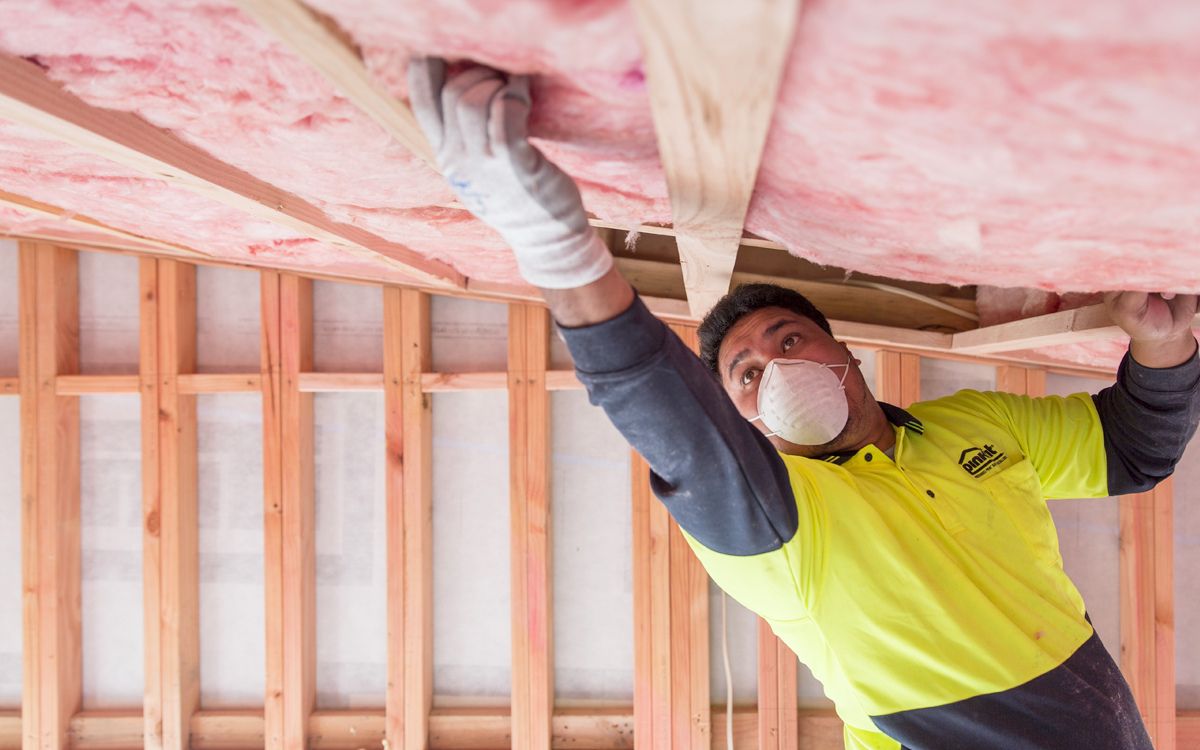

Articles
What Is Insulation
Modified: October 28, 2024
Learn everything about insulation in this comprehensive collection of articles. Find tips, advice, and information on different types of insulation for your home or business.
(Many of the links in this article redirect to a specific reviewed product. Your purchase of these products through affiliate links helps to generate commission for Storables.com, at no extra cost. Learn more)
What Is Insulation
Insulation is a vital component of any building, serving to regulate temperature, enhance energy efficiency, and provide comfort to occupants. It is a material that is installed in the walls, floors, and ceilings of a structure to reduce the transfer of heat or cold between the interior and exterior environments. In other words, insulation acts as a barrier, preventing the loss or gain of heat and helping maintain a constant temperature inside the building.
The main purpose of insulation is to create a thermal envelope that minimizes the flow of heat through the building envelope. This is achieved by reducing the conductive, convective, and radiant heat transfer. By limiting the movement of heat, insulation helps to keep the indoor temperature stable, reducing the reliance on heating and cooling systems and lowering energy consumption.
There are various types of insulation materials available, each with its own unique properties and characteristics. Some of the most commonly used types of insulation include:
- Fiberglass Insulation
- Cellulose Insulation
- Spray Foam Insulation
- Foam Board Insulation
- Radiant Barrier Insulation
- Reflective Insulation
Each type of insulation material has its own advantages and disadvantages, and the choice of insulation depends on factors such as climate, building type, budget, and personal preferences. Let’s take a closer look at some of these insulation options:
What Is Insulation
Insulation is a key component in the construction of buildings and structures. It refers to the materials or products used to prevent or reduce the transfer of heat, sound, or electricity. The primary purpose of insulation is to create a barrier that slows down the flow of heat, ensuring that spaces remain thermally regulated and energy-efficient.
Heat transfer occurs in three main ways: conduction, convection, and radiation. Insulation materials are designed to minimize these heat transfer mechanisms. They are typically installed within walls, roofs, floors, and other areas where heat exchange is prevalent.
Insulation plays a crucial role in maintaining a comfortable indoor environment. In cold climates, insulation helps to keep interiors warm by preventing heat from escaping to the colder exterior. Conversely, in hot climates, insulation helps to keep interiors cool by blocking the entry of external heat.
Furthermore, insulation helps to reduce the demand for heating and cooling systems, resulting in lower energy consumption and costs. It also improves the overall energy efficiency of a building, contributing to a reduced carbon footprint and environmental impact.
Insulation is not only important for temperature control, but it also plays a role in soundproofing and electrical safety. Insulating materials that dampen sound vibrations can help to reduce noise transmission between rooms or from external sources. Additionally, insulation materials with high electrical resistance can prevent the flow of electricity, reducing the risk of electrical shocks or fires.
Overall, insulation is a crucial component in modern construction, providing thermal comfort, energy efficiency, sound insulation, and electrical safety. It is available in various forms, such as fiberglass, cellulose, spray foam, foam boards, radiant barriers, and reflective insulation. The choice of insulation material depends on factors such as climate, building type, budget, and specific requirements.
Purpose of Insulation
Insulation serves several important purposes in the construction and maintenance of buildings. The main goal of insulation is to create a barrier that prevents the transfer of heat, sound, or electricity. By achieving this, insulation provides numerous benefits and serves the following purposes:
1. Thermal Regulation: Insulation helps to regulate the temperature inside a building by preventing the flow of heat. In cold climates, it prevents heat loss to the outside, keeping the interior warm and comfortable. In hot climates, it blocks the entry of external heat, maintaining a cool indoor environment. This thermal regulation helps to reduce the reliance on heating and cooling systems, resulting in energy savings and lower utility bills. 2. Energy Efficiency: Insulated buildings are more energy-efficient as they require less energy for heating or cooling. By reducing heat exchange with the outside environment, insulation minimizes thermal losses or gains, saving energy and reducing greenhouse gas emissions. This not only benefits the environment but also helps building owners and occupants save on energy costs. 3. Noise Control: Insulation plays a vital role in soundproofing a building. It helps to reduce noise transmission between rooms and minimizes the impact of external sounds. Proper insulation can create a quieter indoor environment, providing a more peaceful and comfortable living or working space. 4. Condensation Prevention: Insulation helps to prevent condensation by creating a barrier between warm and cold surfaces. When warm, moist air comes into contact with a cold surface, condensation can occur. Insulation reduces the temperature difference between the surfaces, minimizing condensation and preventing potential moisture damage, such as mold or rot. 5. Fire Safety: Certain types of insulation materials have fire-resistant properties, providing additional protection against the spread of fire. These fire-retardant materials help to slow down flames and give occupants more time to evacuate a building in case of a fire emergency. 6. Improved Comfort: Insulation helps to create a comfortable indoor environment by maintaining more stable and consistent temperatures. It reduces drafts and cold spots, ensuring even distribution of warmth throughout the space. This enhanced comfort contributes to a more pleasant and enjoyable living or working environment. In summary, the purpose of insulation is to regulate temperatures, enhance energy efficiency, control noise, prevent condensation, improve fire safety, and provide overall comfort to occupants. By selecting the appropriate insulation materials and methods, building owners can maximize these benefits and create environmentally friendly and sustainable structures.
Types of Insulation
Insulation comes in various forms, each with its own unique properties and characteristics. The choice of insulation material depends on factors such as climate, building type, budget, and specific requirements. Here are some of the most common types of insulation:
- Fiberglass Insulation: Made from fine glass fibers, fiberglass insulation is one of the most popular and widely used types of insulation. It is available in batts, blankets, or loose-fill forms. Fiberglass insulation is lightweight, easy to install, and provides good thermal and sound insulation. However, it can cause skin irritation and requires protective clothing during installation.
- Cellulose Insulation: Cellulose insulation is made from recycled paper fibers, typically treated to be fire-resistant. It is available as loose-fill or blown-in insulation. Cellulose insulation is environmentally friendly, offers good thermal and sound insulation, and can be an effective option for retrofitting existing spaces. However, it may settle over time and may be more prone to moisture damage.
- Spray Foam Insulation: Spray foam insulation is a versatile and effective insulation option. It is applied as a liquid that expands into a foam, creating a sealed and insulated barrier. Spray foam provides excellent thermal insulation, air sealing, and moisture resistance. It can be used in various forms, including open-cell or closed-cell foam. However, it can be more expensive than other types of insulation and requires professional installation.
- Foam Board Insulation: Foam board insulation is a rigid insulation material made from polystyrene, polyisocyanurate, or polyurethane foam. It is available in various thicknesses and can be used in walls, roofs, or floors. Foam board insulation is lightweight, easy to cut and install, and provides good thermal resistance. However, it may require additional protection from moisture and may be more expensive than other insulation options.
- Radiant Barrier Insulation: Radiant barrier insulation is designed to reflect radiant heat, reducing heat transfer through radiation. It is typically used in attics, roofs, or walls to prevent heat gain from the sun. Radiant barrier insulation is often made of reflective foil materials, with an air gap to enhance its effectiveness. It is most beneficial in hot climates and can be combined with other insulation materials for optimal thermal performance.
- Reflective Insulation: Reflective insulation is similar to radiant barrier insulation and is made of reflective materials. It comprises a reflective surface, such as aluminum foil, laminated to a substrate material. Reflective insulation works by reflecting radiant heat away from the building, providing thermal resistance. It is typically used in roofs, walls, or floors and can be an effective option for reducing heat transfer.
Each type of insulation material has its own advantages and disadvantages, and the selection should be based on the specific needs and requirements of the project. It is essential to consult with professionals or knowledgeable experts to determine the most suitable insulation option for your building.
Types of Insulation
- Fiberglass Insulation:
- Description: Fiberglass insulation is made from fine glass fibers that are spun into a wool-like material. It is available in batts, blankets, or loose-fill forms. The insulation can be pink, yellow, or white, depending on the manufacturer.
- Advantages: Fiberglass insulation is one of the most commonly used and cost-effective types of insulation. It provides excellent thermal insulation by trapping air pockets between the fibers, which slows down the transfer of heat. Fiberglass insulation is relatively easy to install, lightweight, and can be fitted into various spaces. It also offers good sound insulation properties, reducing noise transmission between rooms.
- Disadvantages: One main disadvantage of fiberglass insulation is that the tiny glass fibers can cause skin, eye, and respiratory irritation. It is important to wear protective clothing, gloves, goggles, and a mask during installation. Additionally, fiberglass insulation may not be as effective in preventing air leaks, as it does not provide as tight of a seal as other insulation types. It is also susceptible to moisture damage if not properly sealed or protected.
Fiberglass insulation is a popular choice in residential and commercial buildings due to its affordability and availability. However, it is important to ensure proper installation and take precautions to minimize potential health risks associated with handling fiberglass insulation.
Types of Insulation
- Fiberglass Insulation:
- Description: Fiberglass insulation is made from fine glass fibers that are spun into a wool-like material. It is available in batts, blankets, or loose-fill forms. The insulation can be pink, yellow, or white, depending on the manufacturer.
- Advantages: Fiberglass insulation is one of the most commonly used and cost-effective types of insulation. It provides excellent thermal insulation by trapping air pockets between the fibers, which slows down the transfer of heat. Fiberglass insulation is relatively easy to install, lightweight, and can be fitted into various spaces. It also offers good sound insulation properties, reducing noise transmission between rooms.
- Disadvantages: One main disadvantage of fiberglass insulation is that the tiny glass fibers can cause skin, eye, and respiratory irritation. It is important to wear protective clothing, gloves, goggles, and a mask during installation. Additionally, fiberglass insulation may not be as effective in preventing air leaks, as it does not provide as tight of a seal as other insulation types. It is also susceptible to moisture damage if not properly sealed or protected.
- Cellulose Insulation:
- Description: Cellulose insulation is made from recycled paper fibers that are treated with fire-retardant chemicals. It is available in loose-fill or blown-in forms. The insulation is typically installed using a blowing machine that fills the cavities and spaces, creating a dense layer of insulation.
- Advantages: Cellulose insulation is an environmentally friendly option as it is made from recycled materials. It offers excellent thermal insulation and is particularly useful for retrofitting existing homes or filling irregularly shaped spaces. Cellulose insulation has good soundproofing properties and is resistant to pests such as insects and rodents. It also has a higher resistance to air infiltration compared to fiberglass insulation.
- Disadvantages: Cellulose insulation can settle over time, which may reduce its effectiveness, so proper installation techniques and equipment are crucial. It is important to address any moisture concerns as cellulose insulation can absorb and retain water, leading to potential mold growth. The application process may require professional assistance or specialized equipment.
Cellulose insulation is a popular choice, especially for those looking for an eco-friendly and efficient insulation option. It offers good thermal and sound insulation properties, although proper installation and moisture management are essential for long-term performance.
Types of Insulation
- Fiberglass Insulation:
- Description: Fiberglass insulation is made from fine glass fibers that are spun into a wool-like material. It is available in batts, blankets, or loose-fill forms. The insulation can be pink, yellow, or white, depending on the manufacturer.
- Advantages: Fiberglass insulation is one of the most commonly used and cost-effective types of insulation. It provides excellent thermal insulation by trapping air pockets between the fibers, which slows down the transfer of heat. Fiberglass insulation is relatively easy to install, lightweight, and can be fitted into various spaces. It also offers good sound insulation properties, reducing noise transmission between rooms.
- Disadvantages: One main disadvantage of fiberglass insulation is that the tiny glass fibers can cause skin, eye, and respiratory irritation. It is important to wear protective clothing, gloves, goggles, and a mask during installation. Additionally, fiberglass insulation may not be as effective in preventing air leaks, as it does not provide as tight of a seal as other insulation types. It is also susceptible to moisture damage if not properly sealed or protected.
- Cellulose Insulation:
- Description: Cellulose insulation is made from recycled paper fibers that are treated with fire-retardant chemicals. It is available in loose-fill or blown-in forms. The insulation is typically installed using a blowing machine that fills the cavities and spaces, creating a dense layer of insulation.
- Advantages: Cellulose insulation is an environmentally friendly option as it is made from recycled materials. It offers excellent thermal insulation and is particularly useful for retrofitting existing homes or filling irregularly shaped spaces. Cellulose insulation has good soundproofing properties and is resistant to pests such as insects and rodents. It also has a higher resistance to air infiltration compared to fiberglass insulation.
- Disadvantages: Cellulose insulation can settle over time, which may reduce its effectiveness, so proper installation techniques and equipment are crucial. It is important to address any moisture concerns as cellulose insulation can absorb and retain water, leading to potential mold growth. The application process may require professional assistance or specialized equipment.
- Spray Foam Insulation:
- Description: Spray foam insulation is a type of insulation that is applied as a liquid and then expands into a foam. It can be applied using a spray gun, filling and sealing gaps, cracks, and voids. There are two types of spray foam insulation: open-cell and closed-cell. Open-cell foam has a lower density and allows moisture to permeate, while closed-cell foam is denser and provides a moisture barrier.
- Advantages: Spray foam insulation offers excellent thermal performance and a high R-value, making it an efficient option for reducing energy consumption. It creates an airtight seal, preventing drafts and air leakage. Spray foam insulation also provides soundproofing properties, reduces allergens and pollutants, and can enhance structural strength. It is long-lasting and does not settle or degrade over time.
- Disadvantages: Spray foam insulation requires professional installation, as it involves the use of specialized equipment and expertise. The application process can be messy and may require occupants to temporarily vacate the premises. It is also more expensive compared to other insulation types. Improper installation or inadequate mixing of the spray foam components can lead to off-gassing and unpleasant odors. Closed-cell spray foam is rigid and may require additional protection against moisture.
Spray foam insulation provides excellent thermal and sound insulation properties and offers an airtight seal. However, it is important to consider the installation process, cost, and potential odor concerns when choosing spray foam insulation for your building.
Types of Insulation
- Fiberglass Insulation:
- Description: Fiberglass insulation is made from fine glass fibers that are spun into a wool-like material. It is available in batts, blankets, or loose-fill forms. The insulation can be pink, yellow, or white, depending on the manufacturer.
- Advantages: Fiberglass insulation is one of the most commonly used and cost-effective types of insulation. It provides excellent thermal insulation by trapping air pockets between the fibers, which slows down the transfer of heat. Fiberglass insulation is relatively easy to install, lightweight, and can be fitted into various spaces. It also offers good sound insulation properties, reducing noise transmission between rooms.
- Disadvantages: One main disadvantage of fiberglass insulation is that the tiny glass fibers can cause skin, eye, and respiratory irritation. It is important to wear protective clothing, gloves, goggles, and a mask during installation. Additionally, fiberglass insulation may not be as effective in preventing air leaks, as it does not provide as tight of a seal as other insulation types. It is also susceptible to moisture damage if not properly sealed or protected.
- Cellulose Insulation:
- Description: Cellulose insulation is made from recycled paper fibers that are treated with fire-retardant chemicals. It is available in loose-fill or blown-in forms. The insulation is typically installed using a blowing machine that fills the cavities and spaces, creating a dense layer of insulation.
- Advantages: Cellulose insulation is an environmentally friendly option as it is made from recycled materials. It offers excellent thermal insulation and is particularly useful for retrofitting existing homes or filling irregularly shaped spaces. Cellulose insulation has good soundproofing properties and is resistant to pests such as insects and rodents. It also has a higher resistance to air infiltration compared to fiberglass insulation.
- Disadvantages: Cellulose insulation can settle over time, which may reduce its effectiveness, so proper installation techniques and equipment are crucial. It is important to address any moisture concerns as cellulose insulation can absorb and retain water, leading to potential mold growth. The application process may require professional assistance or specialized equipment.
- Spray Foam Insulation:
- Description: Spray foam insulation is a type of insulation that is applied as a liquid and then expands into a foam. It can be applied using a spray gun, filling and sealing gaps, cracks, and voids. There are two types of spray foam insulation: open-cell and closed-cell. Open-cell foam has a lower density and allows moisture to permeate, while closed-cell foam is denser and provides a moisture barrier.
- Advantages: Spray foam insulation offers excellent thermal performance and a high R-value, making it an efficient option for reducing energy consumption. It creates an airtight seal, preventing drafts and air leakage. Spray foam insulation also provides soundproofing properties, reduces allergens and pollutants, and can enhance structural strength. It is long-lasting and does not settle or degrade over time.
- Disadvantages: Spray foam insulation requires professional installation, as it involves the use of specialized equipment and expertise. The application process can be messy and may require occupants to temporarily vacate the premises. It is also more expensive compared to other insulation types. Improper installation or inadequate mixing of the spray foam components can lead to off-gassing and unpleasant odors. Closed-cell spray foam is rigid and may require additional protection against moisture.
- Foam Board Insulation:
- Description: Foam board insulation, also known as rigid insulation, is made from polystyrene, polyisocyanurate, or polyurethane foam. It comes in rigid panels or boards and is available in various thicknesses. Foam board insulation can be used in walls, roofs, and floors of both residential and commercial buildings.
- Advantages: Foam board insulation offers excellent thermal resistance and has a high R-value, providing effective insulation against heat transfer. It is lightweight and easy to handle and install. Foam board insulation provides structural support and can help in reducing air leakage when properly installed. It is also resistant to moisture and does not promote mold growth.
- Disadvantages: Foam board insulation can be more expensive compared to other insulation materials. It may require additional protection, such as a vapor barrier, in areas with high humidity. Foam board insulation is inflexible and may need to be cut precisely to fit irregularly shaped areas. Care should be taken during installation to avoid gaps or voids that can compromise its effectiveness.
Foam board insulation offers excellent thermal performance and can provide structural support, making it a suitable option for various applications. However, considering the cost and proper installation techniques is crucial to maximize its effectiveness.
Types of Insulation
- Fiberglass Insulation:
- Description: Fiberglass insulation is made from fine glass fibers that are spun into a wool-like material. It is available in batts, blankets, or loose-fill forms. The insulation can be pink, yellow, or white, depending on the manufacturer.
- Advantages: Fiberglass insulation is one of the most commonly used and cost-effective types of insulation. It provides excellent thermal insulation by trapping air pockets between the fibers, which slows down the transfer of heat. Fiberglass insulation is relatively easy to install, lightweight, and can be fitted into various spaces. It also offers good sound insulation properties, reducing noise transmission between rooms.
- Disadvantages: One main disadvantage of fiberglass insulation is that the tiny glass fibers can cause skin, eye, and respiratory irritation. It is important to wear protective clothing, gloves, goggles, and a mask during installation. Additionally, fiberglass insulation may not be as effective in preventing air leaks, as it does not provide as tight of a seal as other insulation types. It is also susceptible to moisture damage if not properly sealed or protected.
- Cellulose Insulation:
- Description: Cellulose insulation is made from recycled paper fibers that are treated with fire-retardant chemicals. It is available in loose-fill or blown-in forms. The insulation is typically installed using a blowing machine that fills the cavities and spaces, creating a dense layer of insulation.
- Advantages: Cellulose insulation is an environmentally friendly option as it is made from recycled materials. It offers excellent thermal insulation and is particularly useful for retrofitting existing homes or filling irregularly shaped spaces. Cellulose insulation has good soundproofing properties and is resistant to pests such as insects and rodents. It also has a higher resistance to air infiltration compared to fiberglass insulation.
- Disadvantages: Cellulose insulation can settle over time, which may reduce its effectiveness, so proper installation techniques and equipment are crucial. It is important to address any moisture concerns as cellulose insulation can absorb and retain water, leading to potential mold growth. The application process may require professional assistance or specialized equipment.
- Spray Foam Insulation:
- Description: Spray foam insulation is a type of insulation that is applied as a liquid and then expands into a foam. It can be applied using a spray gun, filling and sealing gaps, cracks, and voids. There are two types of spray foam insulation: open-cell and closed-cell. Open-cell foam has a lower density and allows moisture to permeate, while closed-cell foam is denser and provides a moisture barrier.
- Advantages: Spray foam insulation offers excellent thermal performance and a high R-value, making it an efficient option for reducing energy consumption. It creates an airtight seal, preventing drafts and air leakage. Spray foam insulation also provides soundproofing properties, reduces allergens and pollutants, and can enhance structural strength. It is long-lasting and does not settle or degrade over time.
- Disadvantages: Spray foam insulation requires professional installation, as it involves the use of specialized equipment and expertise. The application process can be messy and may require occupants to temporarily vacate the premises. It is also more expensive compared to other insulation types. Improper installation or inadequate mixing of the spray foam components can lead to off-gassing and unpleasant odors. Closed-cell spray foam is rigid and may require additional protection against moisture.
- Foam Board Insulation:
- Description: Foam board insulation, also known as rigid insulation, is made from polystyrene, polyisocyanurate, or polyurethane foam. It comes in rigid panels or boards and is available in various thicknesses. Foam board insulation can be used in walls, roofs, and floors of both residential and commercial buildings.
- Advantages: Foam board insulation offers excellent thermal resistance and has a high R-value, providing effective insulation against heat transfer. It is lightweight and easy to handle and install. Foam board insulation provides structural support and can help in reducing air leakage when properly installed. It is also resistant to moisture and does not promote mold growth.
- Disadvantages: Foam board insulation can be more expensive compared to other insulation materials. It may require additional protection, such as a vapor barrier, in areas with high humidity. Foam board insulation is inflexible and may need to be cut precisely to fit irregularly shaped areas. Care should be taken during installation to avoid gaps or voids that can compromise its effectiveness.
- Radiant Barrier Insulation:
- Description: Radiant barrier insulation consists of a highly reflective material, usually aluminum foil, that is installed in the attic or on the underside of the roof. It works by reflecting radiant heat, preventing it from entering the living space in hot climates.
- Advantages: Radiant barrier insulation is effective in reducing the transfer of heat through radiation. It helps to keep the interior cooler by reflecting the sun’s radiant energy back towards the roof. This can lead to energy savings and increased comfort in hot climates. It is easy to install, lightweight, and provides a long-lasting solution as it does not degrade over time.
- Disadvantages: Radiant barrier insulation is most effective in hot climates with a significant amount of sun exposure. Its effectiveness may be reduced in colder climates where the focus is on preventing heat loss rather than heat gain. It should be combined with other insulation types for optimal thermal performance. Proper installation, including ensuring proper ventilation and sealing, is essential to prevent moisture accumulation and potential damage to the roof or attic structure.
Radiant barrier insulation can be a valuable addition to a building’s insulation strategy, particularly in hot climates. It helps to reduce heat gain and maintain a more comfortable indoor environment. However, it is important to consider the specific climate and overall insulation requirements when choosing radiant barrier insulation.
Types of Insulation
- Fiberglass Insulation:
- Description: Fiberglass insulation is made from fine glass fibers that are spun into a wool-like material. It is available in batts, blankets, or loose-fill forms. The insulation can be pink, yellow, or white, depending on the manufacturer.
- Advantages: Fiberglass insulation is one of the most commonly used and cost-effective types of insulation. It provides excellent thermal insulation by trapping air pockets between the fibers, which slows down the transfer of heat. Fiberglass insulation is relatively easy to install, lightweight, and can be fitted into various spaces. It also offers good sound insulation properties, reducing noise transmission between rooms.
- Disadvantages: One main disadvantage of fiberglass insulation is that the tiny glass fibers can cause skin, eye, and respiratory irritation. It is important to wear protective clothing, gloves, goggles, and a mask during installation. Additionally, fiberglass insulation may not be as effective in preventing air leaks, as it does not provide as tight of a seal as other insulation types. It is also susceptible to moisture damage if not properly sealed or protected.
- Cellulose Insulation:
- Description: Cellulose insulation is made from recycled paper fibers that are treated with fire-retardant chemicals. It is available in loose-fill or blown-in forms. The insulation is typically installed using a blowing machine that fills the cavities and spaces, creating a dense layer of insulation.
- Advantages: Cellulose insulation is an environmentally friendly option as it is made from recycled materials. It offers excellent thermal insulation and is particularly useful for retrofitting existing homes or filling irregularly shaped spaces. Cellulose insulation has good soundproofing properties and is resistant to pests such as insects and rodents. It also has a higher resistance to air infiltration compared to fiberglass insulation.
- Disadvantages: Cellulose insulation can settle over time, which may reduce its effectiveness, so proper installation techniques and equipment are crucial. It is important to address any moisture concerns as cellulose insulation can absorb and retain water, leading to potential mold growth. The application process may require professional assistance or specialized equipment.
- Spray Foam Insulation:
- Description: Spray foam insulation is a type of insulation that is applied as a liquid and then expands into a foam. It can be applied using a spray gun, filling and sealing gaps, cracks, and voids. There are two types of spray foam insulation: open-cell and closed-cell. Open-cell foam has a lower density and allows moisture to permeate, while closed-cell foam is denser and provides a moisture barrier.
- Advantages: Spray foam insulation offers excellent thermal performance and a high R-value, making it an efficient option for reducing energy consumption. It creates an airtight seal, preventing drafts and air leakage. Spray foam insulation also provides soundproofing properties, reduces allergens and pollutants, and can enhance structural strength. It is long-lasting and does not settle or degrade over time.
- Disadvantages: Spray foam insulation requires professional installation, as it involves the use of specialized equipment and expertise. The application process can be messy and may require occupants to temporarily vacate the premises. It is also more expensive compared to other insulation types. Improper installation or inadequate mixing of the spray foam components can lead to off-gassing and unpleasant odors. Closed-cell spray foam is rigid and may require additional protection against moisture.
- Foam Board Insulation:
- Description: Foam board insulation, also known as rigid insulation, is made from polystyrene, polyisocyanurate, or polyurethane foam. It comes in rigid panels or boards and is available in various thicknesses. Foam board insulation can be used in walls, roofs, and floors of both residential and commercial buildings.
- Advantages: Foam board insulation offers excellent thermal resistance and has a high R-value, providing effective insulation against heat transfer. It is lightweight and easy to handle and install. Foam board insulation provides structural support and can help in reducing air leakage when properly installed. It is also resistant to moisture and does not promote mold growth.
- Disadvantages: Foam board insulation can be more expensive compared to other insulation materials. It may require additional protection, such as a vapor barrier, in areas with high humidity. Foam board insulation is inflexible and may need to be cut precisely to fit irregularly shaped areas. Care should be taken during installation to avoid gaps or voids that can compromise its effectiveness.
- Radiant Barrier Insulation:
- Description: Radiant barrier insulation consists of a highly reflective material, usually aluminum foil, that is installed in the attic or on the underside of the roof. It works by reflecting radiant heat, preventing it from entering the living space in hot climates.
- Advantages: Radiant barrier insulation is effective in reducing the transfer of heat through radiation. It helps to keep the interior cooler by reflecting the sun’s radiant energy back towards the roof. This can lead to energy savings and increased comfort in hot climates. It is easy to install, lightweight, and provides a long-lasting solution as it does not degrade over time.
- Disadvantages: Radiant barrier insulation is most effective in hot climates with a significant amount of sun exposure. Its effectiveness may be reduced in colder climates where the focus is on preventing heat loss rather than heat gain. It should be combined with other insulation types for optimal thermal performance. Proper installation, including ensuring proper ventilation and sealing, is essential to prevent moisture accumulation and potential damage to the roof or attic structure.
- Reflective Insulation:
- Description: Reflective insulation is designed to reduce heat transfer through radiation. It consists of a highly reflective material, such as aluminum foil, laminated to a substrate material, often incorporating an air gap to enhance its effectiveness. Reflective insulation is typically used in walls, attics, roofs, or floors to reflect radiant heat away from the building.
- Advantages: Reflective insulation can provide effective thermal insulation in hot climates by reflecting radiant heat. It helps to reduce heat gain in the summer, keeping interiors cooler and reducing the demand for cooling systems. Reflective insulation is lightweight, easy to install, and does not degrade over time. It can also improve energy efficiency and reduce energy costs.
- Disadvantages: Reflective insulation is most effective in hot climates or in locations with significant sun exposure. Its effectiveness may be reduced in colder climates where the focus is on retaining heat. Reflective insulation should be combined with other insulation materials to provide comprehensive thermal efficiency. Proper installation and sealing are necessary to prevent air leakage and ensure optimal performance.
Reflective insulation offers benefits in reducing radiant heat transfer, particularly in hot climates. However, it is important to consider factors such as climate, location, and the specific needs of the building to make an informed decision about the most appropriate insulation choice.
Factors to Consider when Choosing Insulation
Choosing the right insulation for your building is essential to ensure optimum thermal performance, energy efficiency, and comfort. Here are some important factors to consider when selecting insulation:
1. R-Value: The R-value is a measure of the insulation’s thermal resistance. Higher R-values indicate better insulating properties. Consider the climate and desired level of insulation when determining the appropriate R-value for your building. 2. Material: There are various insulation materials available, each with its own characteristics. Consider factors such as cost, availability, durability, environmental impact, and performance when choosing the insulation material. 3. Application: Consider the area of the building where insulation will be installed. Different parts, such as walls, roofs, attics, or floors, may have specific insulation requirements based on factors like moisture resistance, fire safety, or structural support. 4. Moisture Resistance: Consider the moisture levels in your region and choose insulation materials that are resistant to moisture or have moisture-repellent properties. Proper moisture management is crucial to prevent mold growth and structural damage. 5. Air Leakage: Insulation should help create an airtight building envelope to reduce air leakage. Look for insulation materials that effectively seal gaps, cracks, and voids, improving energy efficiency and indoor comfort. 6. Soundproofing: If noise reduction is a priority, consider insulation materials with good soundproofing properties. Certain materials, like fiberglass or cellulose insulation, can help reduce noise transmission between rooms. 7. Sustainability: Consider the environmental impact of the insulation material. Look for options made from recycled or renewable materials, or those with high levels of recycled content. Additionally, consider the potential for recyclability or reuse at the end of their lifespan. 8. Budget: Determine your budget for insulation, including the cost of materials, installation, and long-term energy savings. It is important to strike a balance between upfront costs and long-term benefits. 9. Building Codes and Regulations: Familiarize yourself with local building codes and regulations regarding insulation requirements. Ensure that the chosen insulation meets the necessary standards for fire safety, thermal performance, and environmental considerations. 10. Installation: Consider the complexity and requirements of the installation process. Some insulation materials may require professional installation, specialized equipment, or specific expertise. Others, like batt insulation, may be more accessible for DIY installation. 11. Maintenance: Consider the maintenance requirements of the insulation material. Some materials may require occasional inspection and upkeep to ensure optimal performance. 12. Longevity: Evaluate the durability and expected lifespan of the chosen insulation material. Look for materials that will maintain their effectiveness over time, without settling or degrading. By considering these factors, you can make an informed decision and choose the right insulation that will meet your building’s specific needs and provide long-lasting thermal comfort and energy efficiency. Consulting with insulation professionals or experts can also help guide you towards the most suitable insulation solution for your project.
Conclusion
Insulation plays a crucial role in enhancing the energy efficiency, thermal comfort, and overall performance of buildings. Understanding the different types of insulation and considering various factors can help you make an informed decision when selecting the right insulation material for your project.
Fiberglass insulation is a popular and cost-effective option, providing good thermal and sound insulation. However, it requires proper safety precautions during installation due to the potential for skin and respiratory irritation.
Cellulose insulation is an environmentally friendly choice, made from recycled materials. It offers excellent thermal and sound insulation, though it can settle over time and requires attention to moisture management.
Spray foam insulation provides exceptional thermal performance, air sealing, and moisture resistance. Professional installation is necessary, and careful attention to mixing and application is crucial for optimal results.
Foam board insulation offers high thermal resistance, structural support, and moisture resistance. It may require precise cutting and proper installation techniques to ensure an effective barrier against heat transfer.
Radiant barrier insulation and reflective insulation are effective in reducing heat gain through radiation. They are most beneficial in hot climates with significant sun exposure, while proper installation and combination with other insulation types are necessary for comprehensive thermal protection.
When choosing insulation, it is important to consider factors such as R-value, material, application area, moisture resistance, air leakage, soundproofing, sustainability, budget, building codes, installation complexity, maintenance requirements, and longevity.
By carefully considering these factors, you can select the most appropriate insulation that meets your specific needs, climate conditions, and budget. A well-insulated building not only provides energy efficiency and comfort but also contributes to a more sustainable and environmentally friendly future.
Consulting with insulation professionals or experts can provide further guidance and ensure that you make an informed decision that leads to a well-insulated and energy-efficient building.
Frequently Asked Questions about What Is Insulation
Was this page helpful?
At Storables.com, we guarantee accurate and reliable information. Our content, validated by Expert Board Contributors, is crafted following stringent Editorial Policies. We're committed to providing you with well-researched, expert-backed insights for all your informational needs.
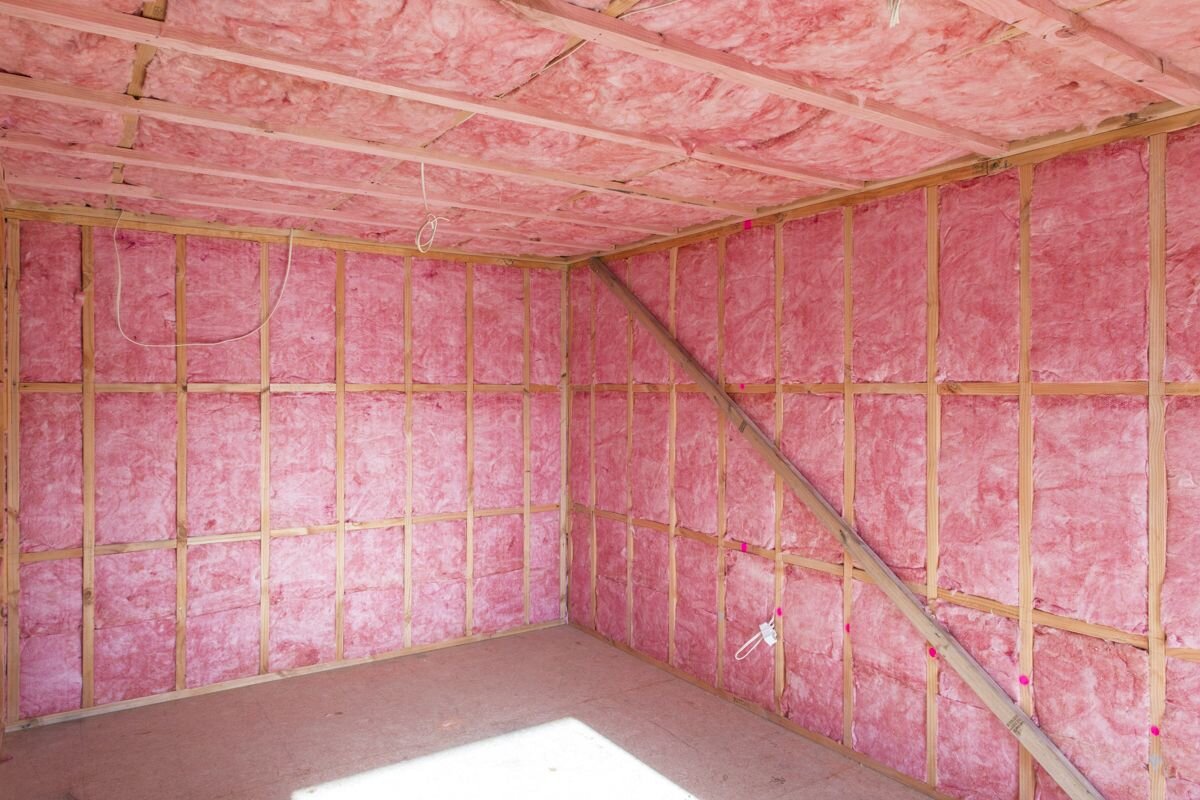
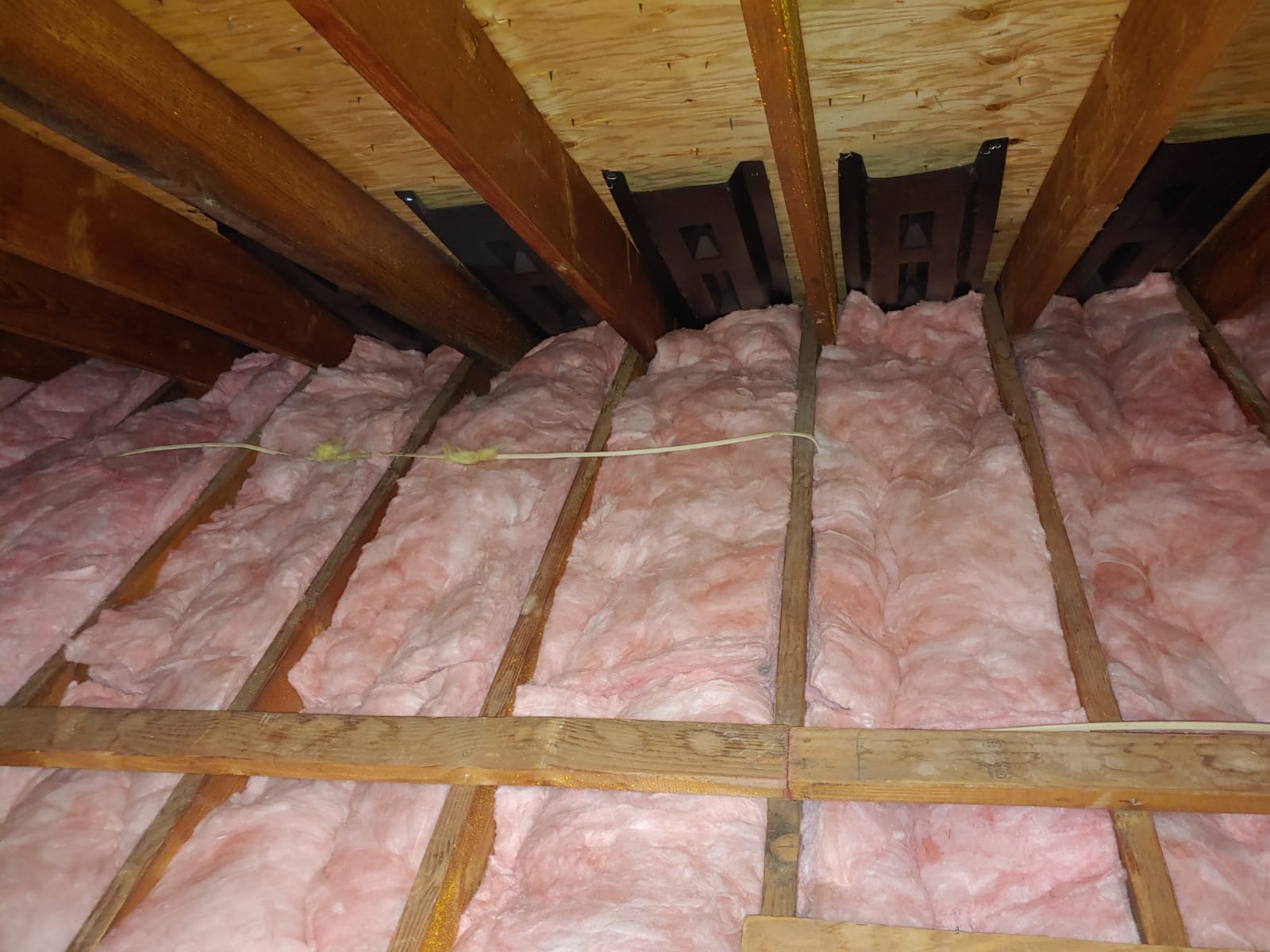
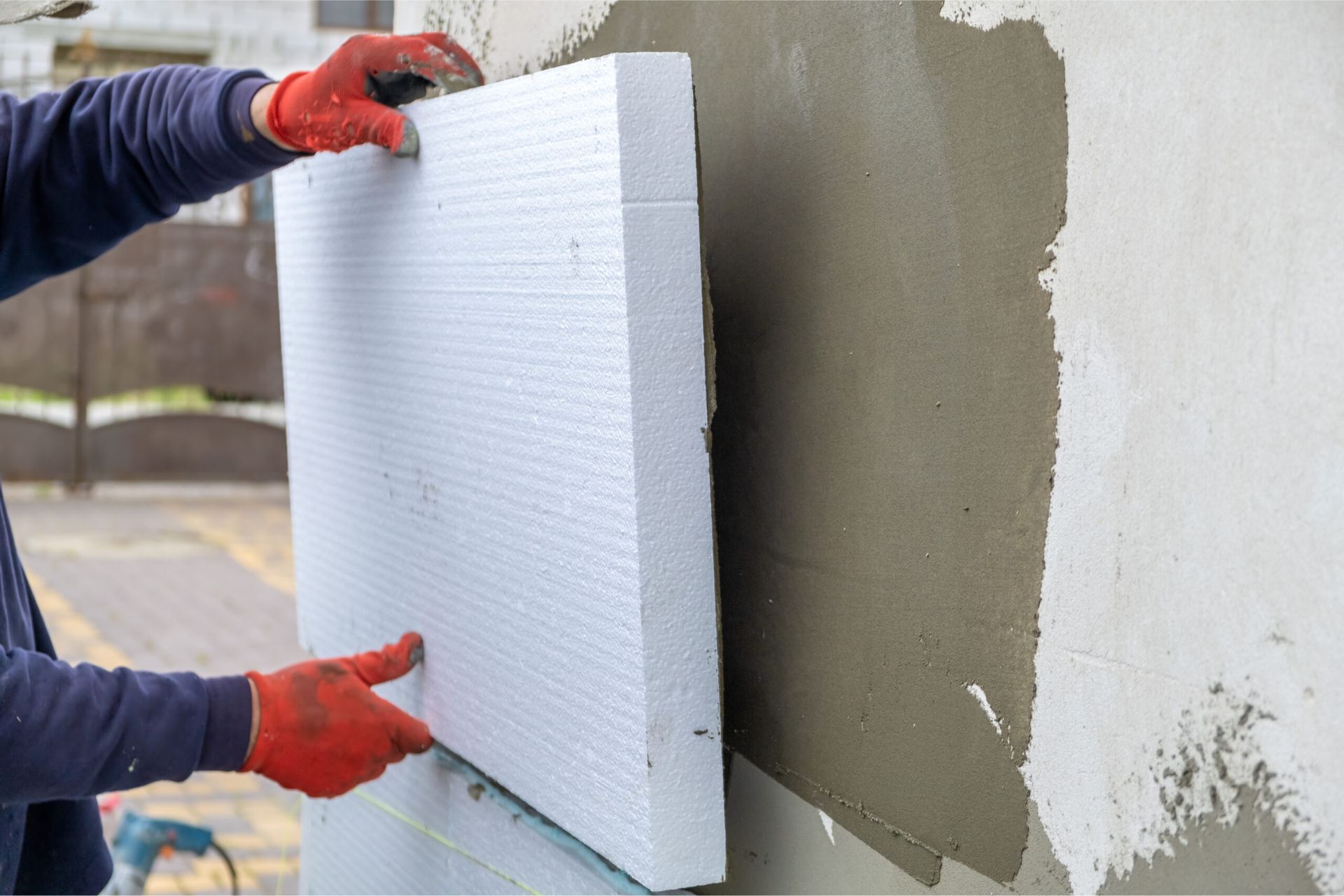
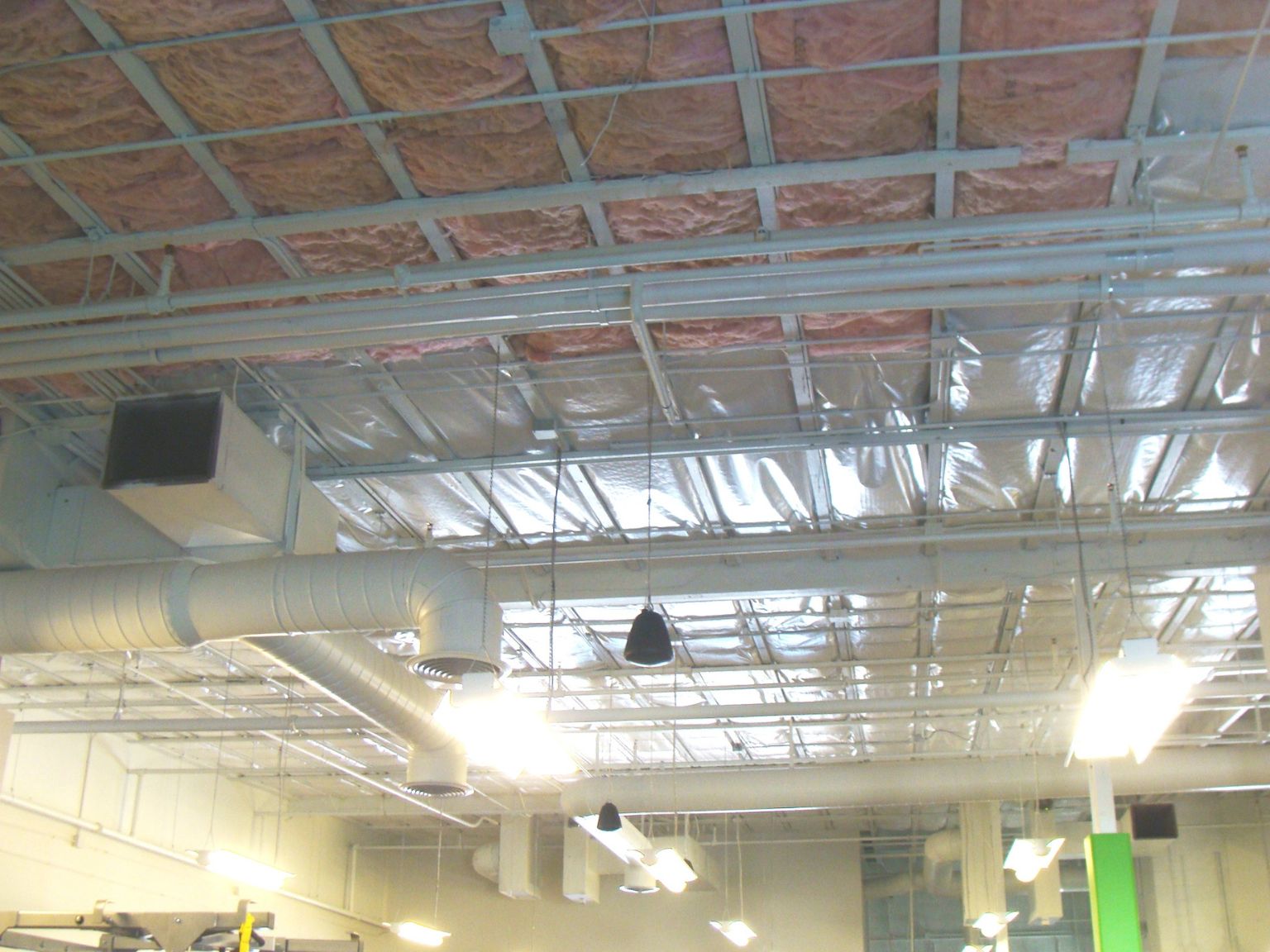
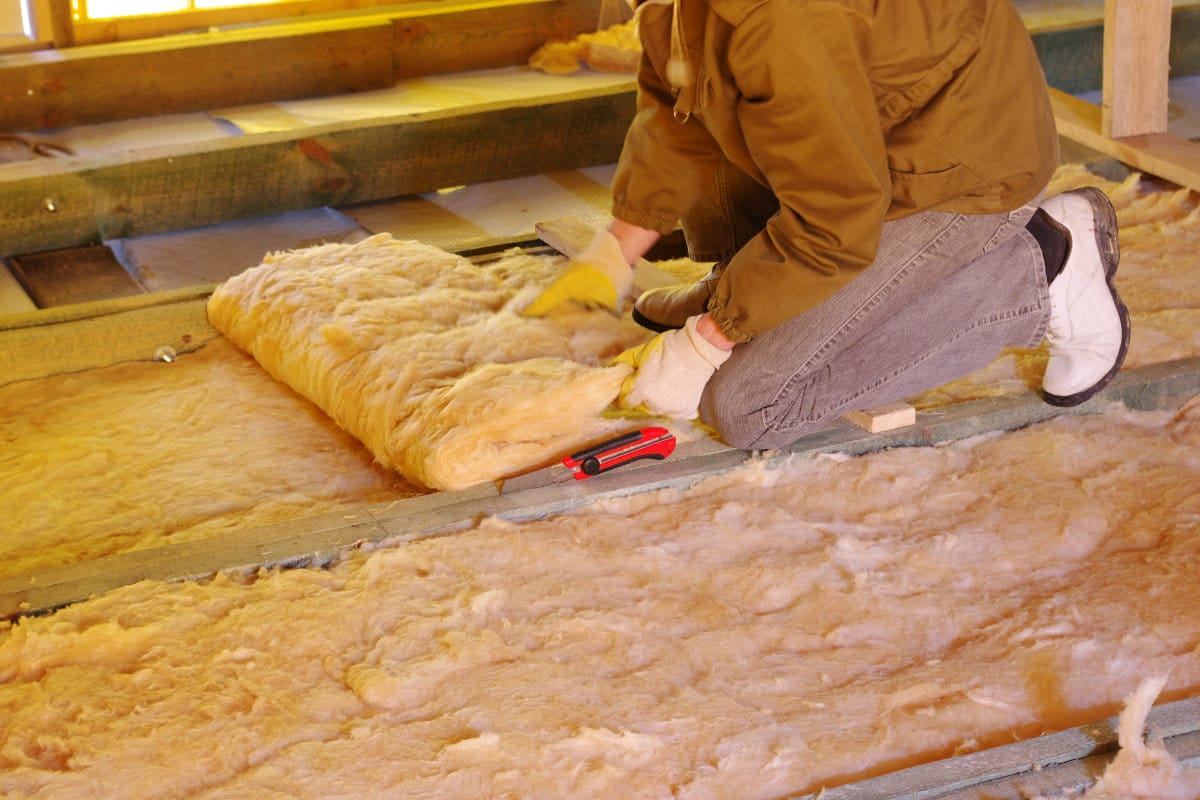
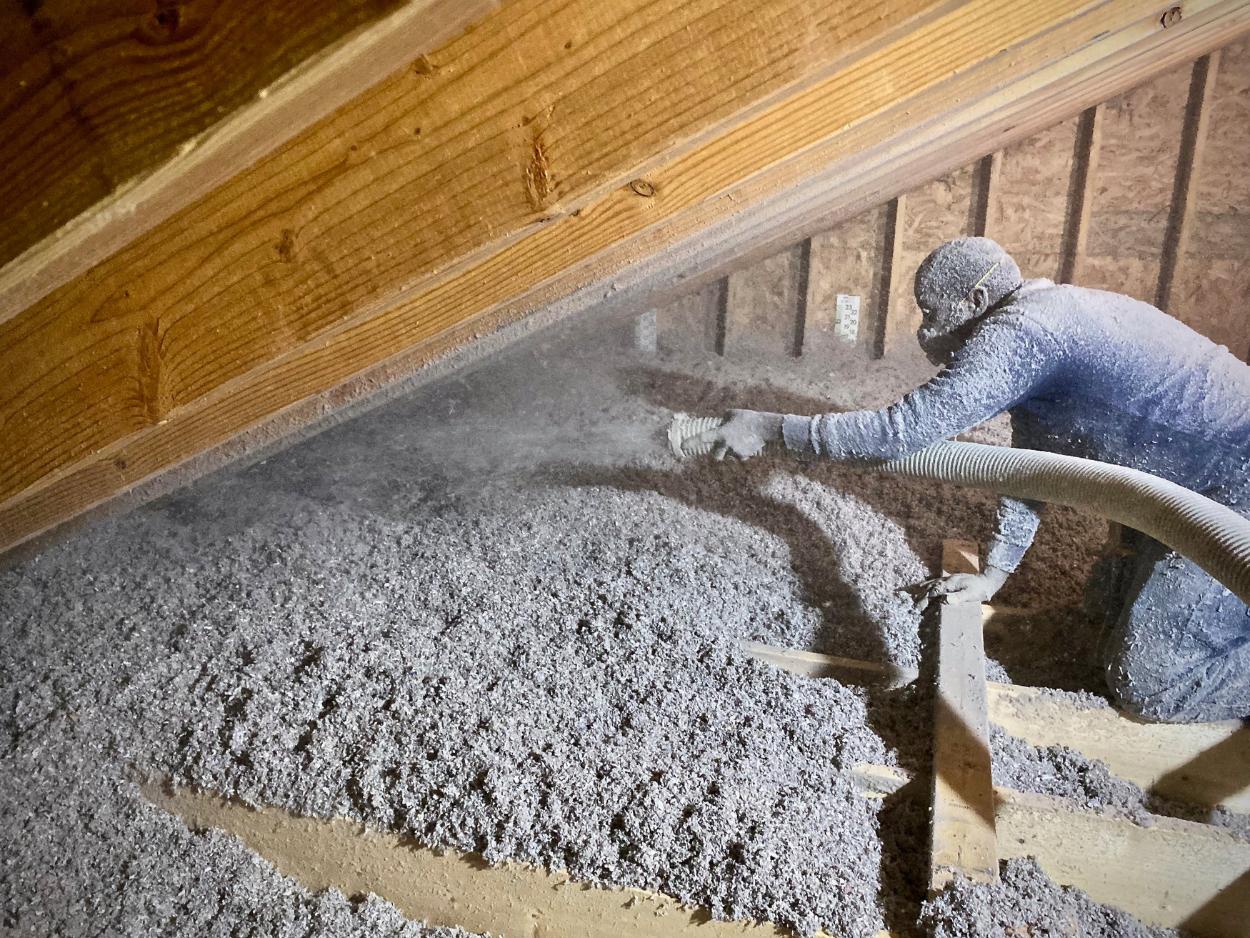

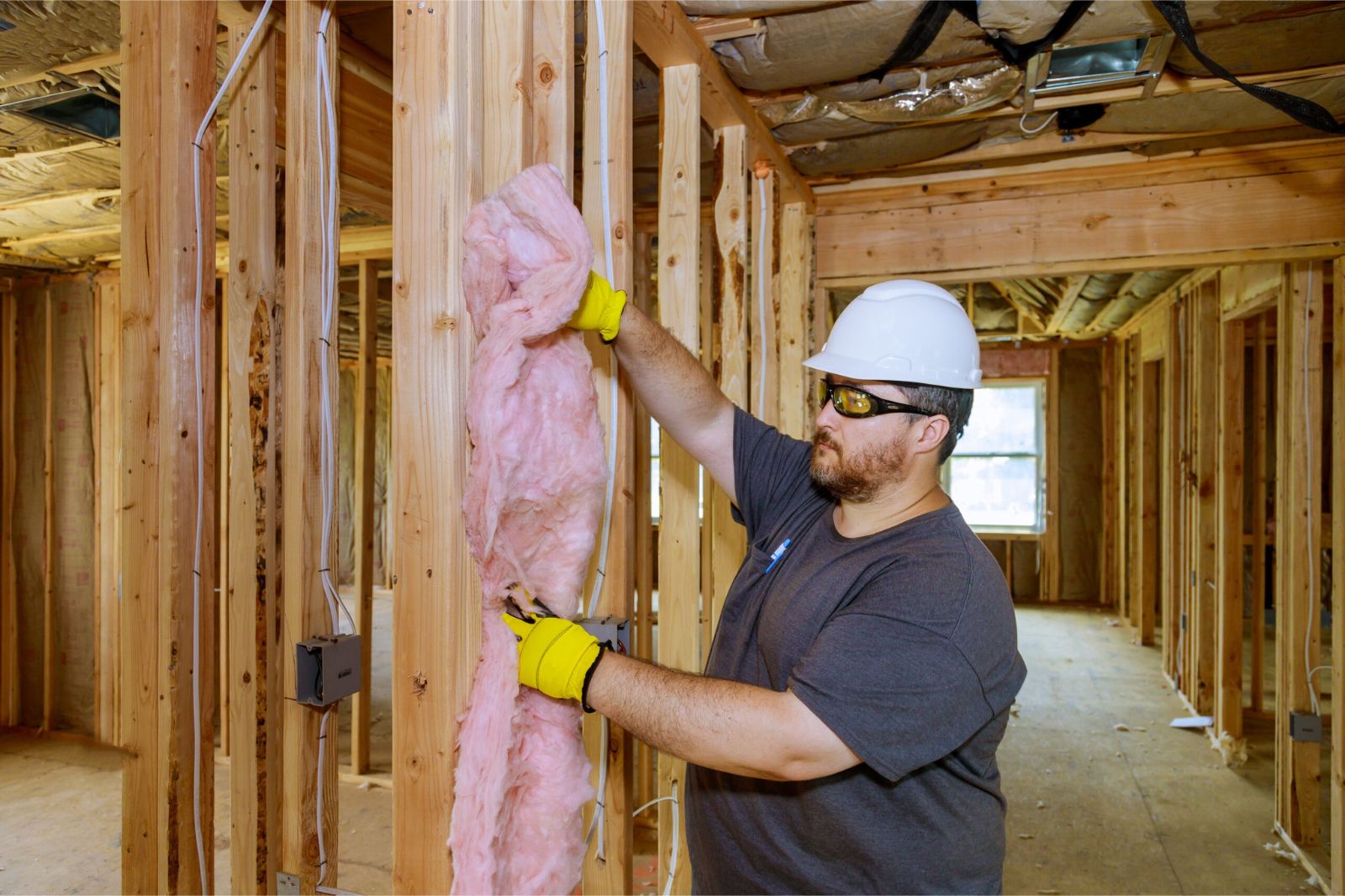
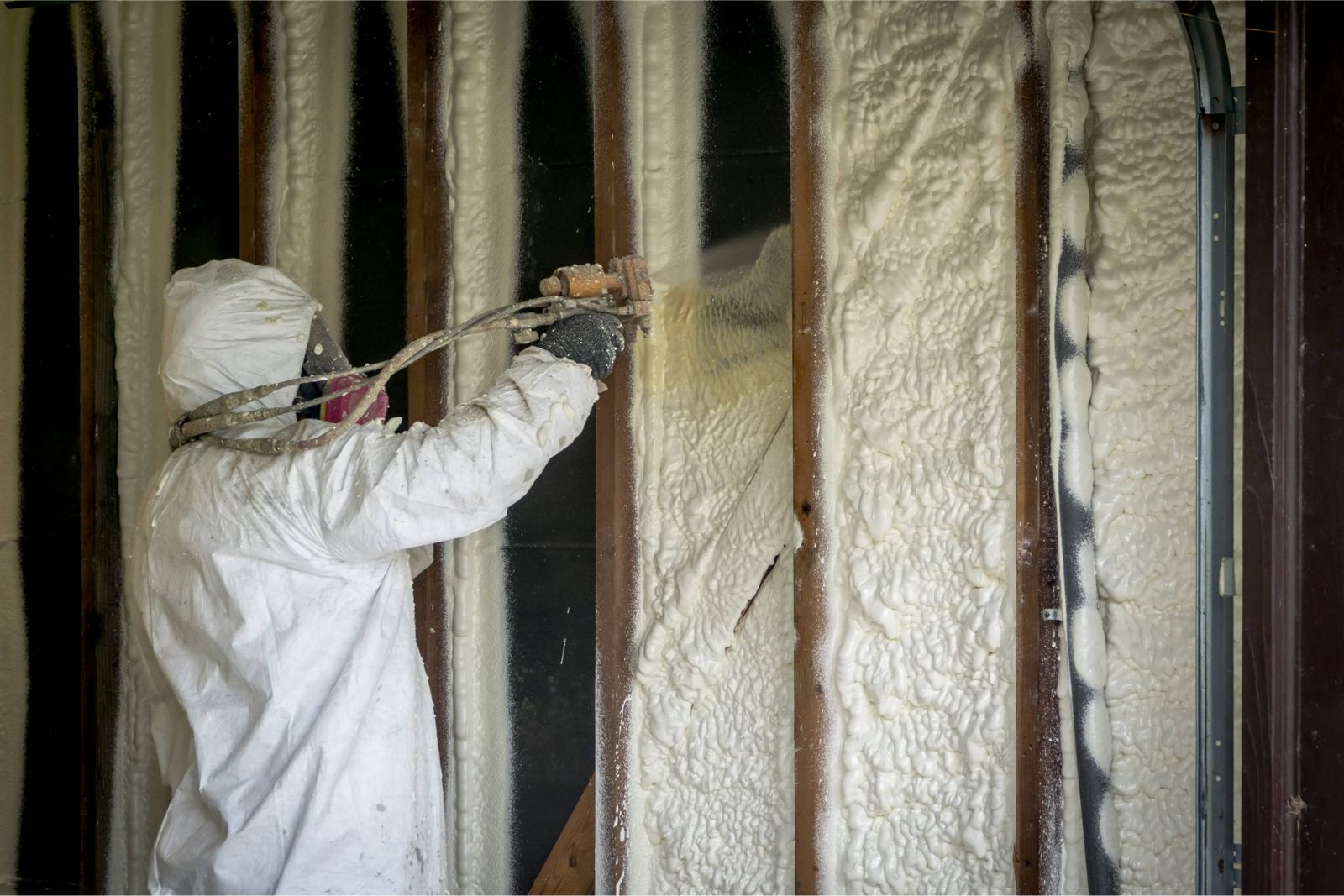
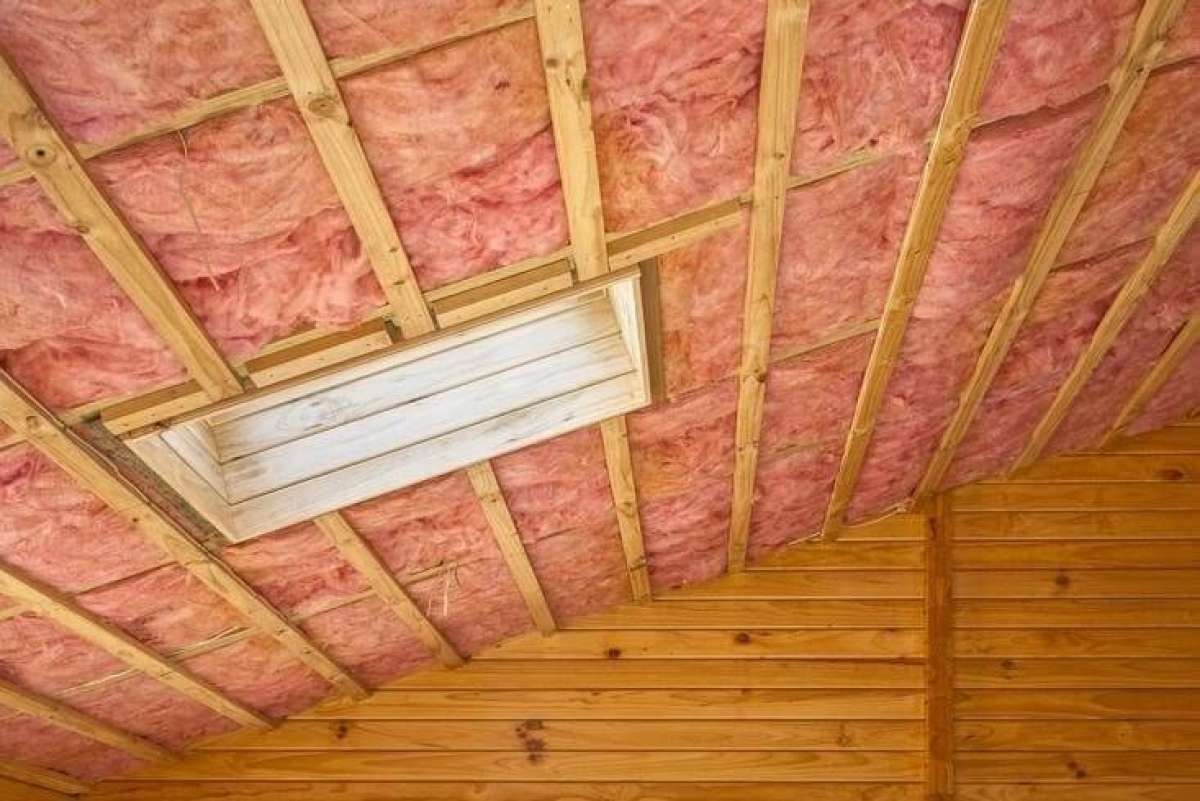
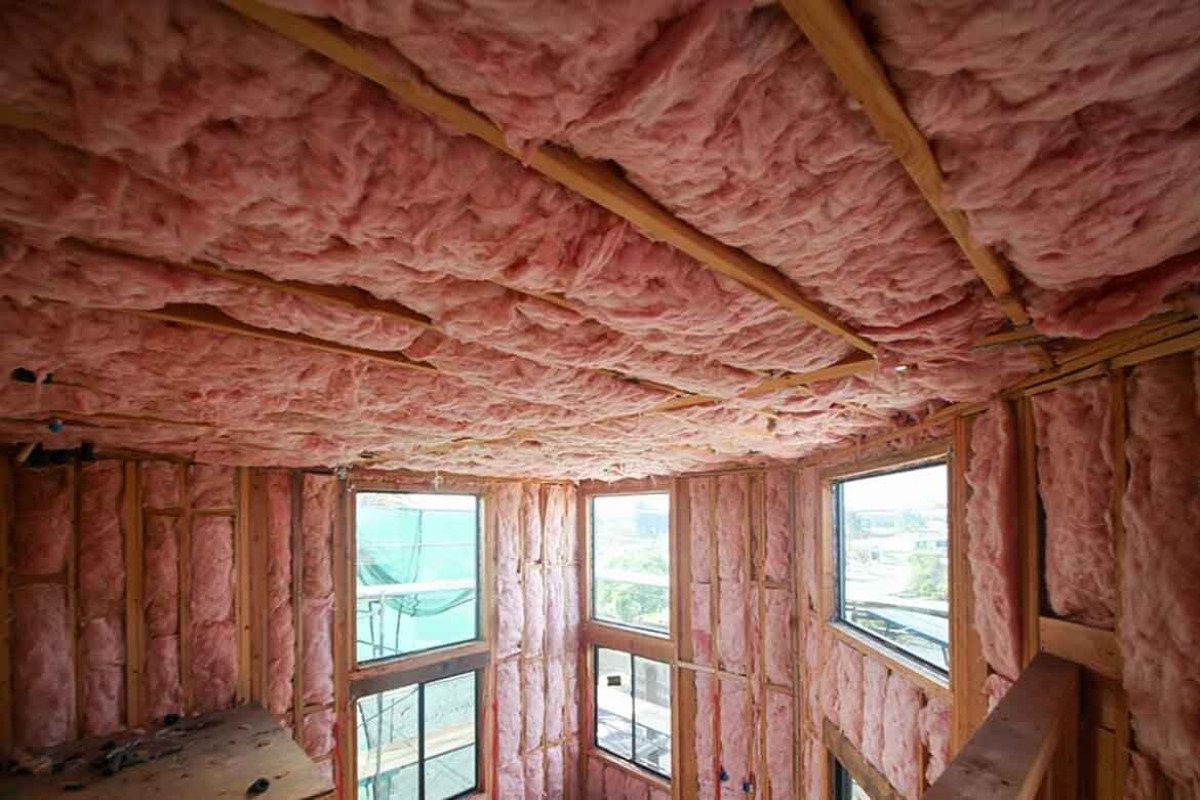
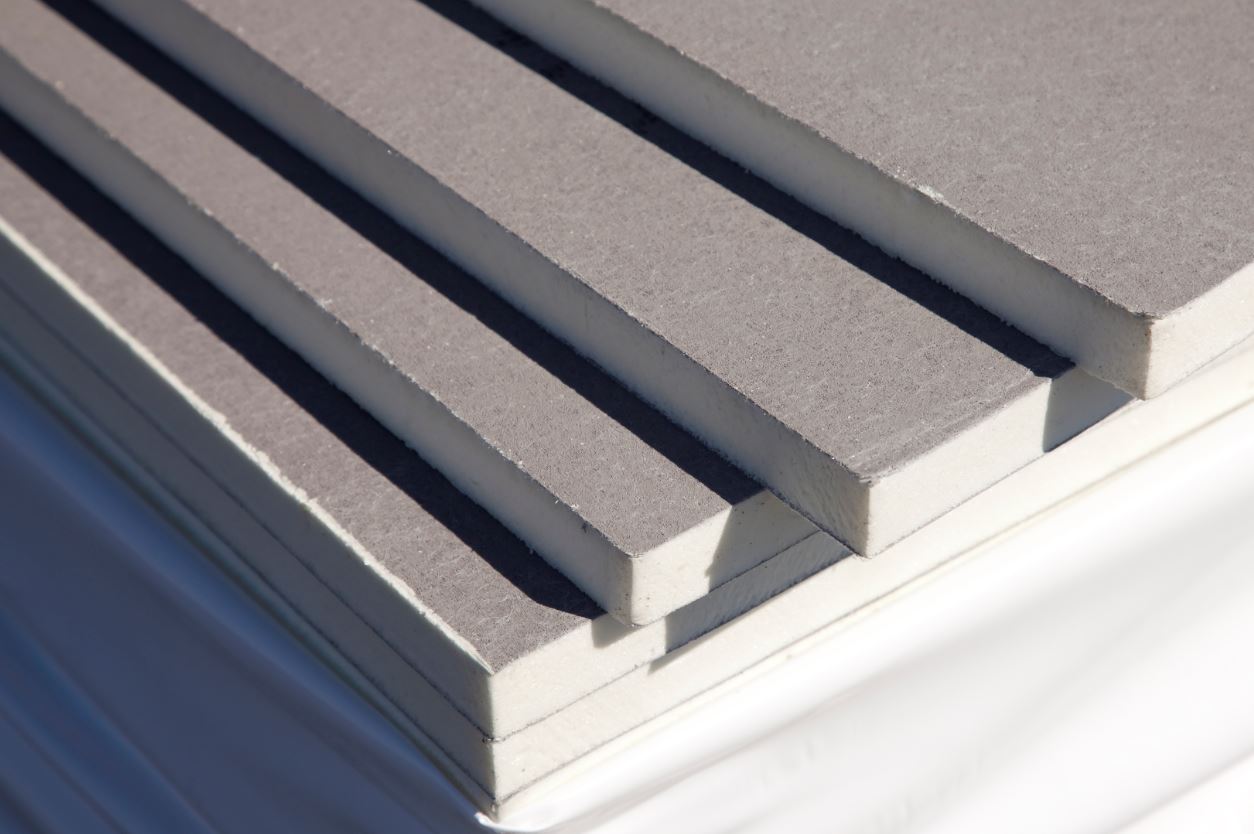


0 thoughts on “What Is Insulation”